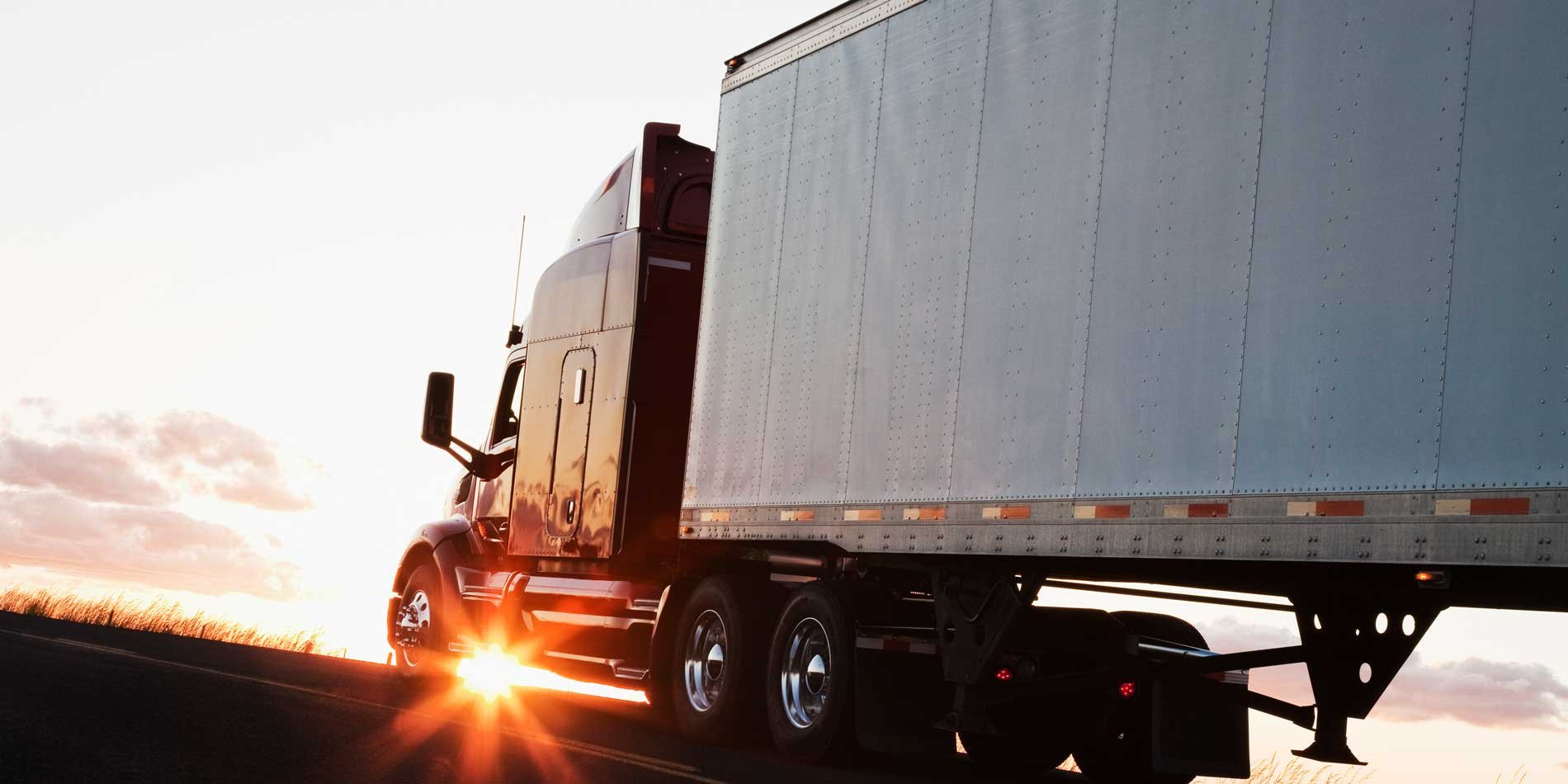
Operating a truck and trailer is expensive. Whether it is one truck or a fleet of hundreds, fuel is the biggest budget expense. The typical semi-truck averages about 6 miles per gallon but can fluctuate based on the weight of the freight the truck is carrying and whether it is going uphill (where 2 mpg is common) or downhill (up to 20 mpg).
Since fuel is such a large expense (and its cost continues to increase), reducing wind resistance has become a hot topic. When a semi-truck and trailer travels at highway speeds, between 50% and 65% of its fuel consumption is used to push through air resistance, or “aerodynamic drag.” Decreasing the drag increases fuel efficiency.
Researchers at Lawrence Livermore National Laboratory in California have been studying ways to cut the drag on trucks and trailers and decrease fuel consumption. They believe that using multiple devices to improve truck aerodynamics could reduce the industry’s fuel consumption by 12%. That equates to more than $10 billion in fuel savings per year!
There are four main areas that create drag on a truck and trailer: the front of the truck, the gap between the truck and the trailer, the underside of the trailer, and the back of the trailer. Let’s look at each area one by one.
A nose job for trucks?
This may be the hardest place to make aerodynamic improvements to existing trucks, but newer truck models feature composite front bumpers, sloped front windshields and pedestal door mirrors.
Close the gap
A gap of 18 inches or more between the truck and trailer creates increased air resistance. Devices that completely cover a truck’s gap can reduce drag by as much as 6%, which can cut fuel consumption by around 2%.
Add skirts
Attaching side skirts to the trailer reduces the amount of air underneath the trailer, and side skirt manufacturers claim fuel savings of between 4% and 7% after skirts have been added.
Reduce the tail wind
Adding 24- to 32-inch “boat tail” panels to the back of a trailer can help prevent the turbulent vacuum that tugs the vehicle backward and creates drag. Manufacturers claim that a trailer moving at 65 mph with a boat tail panel installed will save between 5% and 6% on fuel consumption.
There are several other ways to reduce aerodynamic drag on a truck and trailer, including:
Wheel covers
Truck wheels are far from aerodynamic but are often overlooked as ways to improve fuel efficiency. Wheels catch air they they spin, which disrupts airflow and adds to the truck’s drag. Wheel covers allow air to flow past the tires, reducing aerodynamic drag.
Vented mud flaps
Most truck mud flaps are made of heavy, solid rubber to prevent dirt, rocks, and road debris from damaging the undercarriage. Vented mud flaps include small slats to allow air to pass through them, reducing resistance and drag.
Improving a truck and trailer’s aerodynamics reduces air resistance and improves fuel economy, which ultimately helps your bottom line. If you’d like to improve your fuel economy, take a walk around your truck(s) and see where you can make improvements. Even a half percentage point increase in mileage will add up to savings in the long run!
In the meantime, when you need help maintaining your truck or trailer or need emergency repairs, Jarrett Fleet Services is here for you! We are close to I-71, I-76, I-77, I-80, or I-271 at 8860 Wooster Pike Seville, OH 44273, send us an email at customerservice@jarrettfleetservices.com or call us at 330-925-5339.




